LUND, SWEDEN
The landscape situation at LTH (Lund Institute of Technology) campus is a large, green field; sloping gently to the east. The land was once farmed. When the university established itself here in 1961, the purpose was to open a high-end school for technical faculties, including architecture, in the Swedish south. Today LTH offers higher education for 10 000 students.
The architect was Klas Anselm. He laid out what is today a dozen buildings in the terrain; simplistic, red brick volumes, sprinkled over the slope in quite solitary positions. The school authorities believed in a rapid growth, and the plan was that the singular buildings would physically expand and end up standing closer to each other than they originally were. The school did grow, but not to the extent that the units came into a meaningful dialogue. The result is a rather handsome but barren campus. The lack of a density that can supply with a rich social life is obvious.
The project is about how to create a remedy for these shortcomings. The site is rather anonymous and windswept. However, there is one section which stands out; an area around two ponds. They are remnants of an old clay quarry, formerly used to supply material for the making of bricks. The clay pits are deep shafts in the ground and today filled with water. They have a dramatic setting compared to the surrounding open, sloping ground. From their rims is a steep drop, at places almost vertical. The climate here differs from the rest of the campus, lush vegetation protect from the winds, and the proximity to water adds qualities. It seemed as a good beginning for a new social hub at the school. It had lacked that quality for years.
The landscape concept was to make the steep edges of the ponds accessible but in differing ways. The purpose was to create socially attractive places, and promenades, around the ponds. A design principle of dual sides was established. The western rim of the larger pond offers places to stop by at, sit down, enjoy the view, and meet with friends and colleagues. Here, sun decks and platforms are located high above the water, close to the rim. The east side is the contrary. It is equipped with a winding promenade, and containing smaller social spaces. A system of staircases move up and down along the drop, at some places reaching all the way down to the water.
The design and the materials of the two sides consequently differ as well. The west side with the decks are made of wooden planks. The three terraces have names as the lounge, the pergola, and the ballroom. These are also the concepts after which they are designed.
The east side is a meccano of stretched sheet steel panels and staircases of the type you find at a construction site, reflecting the content of some of the curriculums at the school. The east side is light, almost floating, and orchestrate a playful promenade. The west side is firm, stable, of high gravity and form places for rest and social life.
The students as well as teachers, researchers and staff frequent the pond area in leisure time and work breaks. In addition, it is the showplace for the initial rituals that the freshmen perform every early fall, including self-constructed boats of various standard participating in a sea battle.
Project info
Project name Campus park at Lund Institute of Technology
Location Lund, Sweden
Client Akademiska Hus
Designer
Project team
Thorbjörn Andersson, PeGe Hillinge, Staffan Sundström, Nicholas Bunker, Malin Mirsch, Monica Zulunga
Opening: September 2016





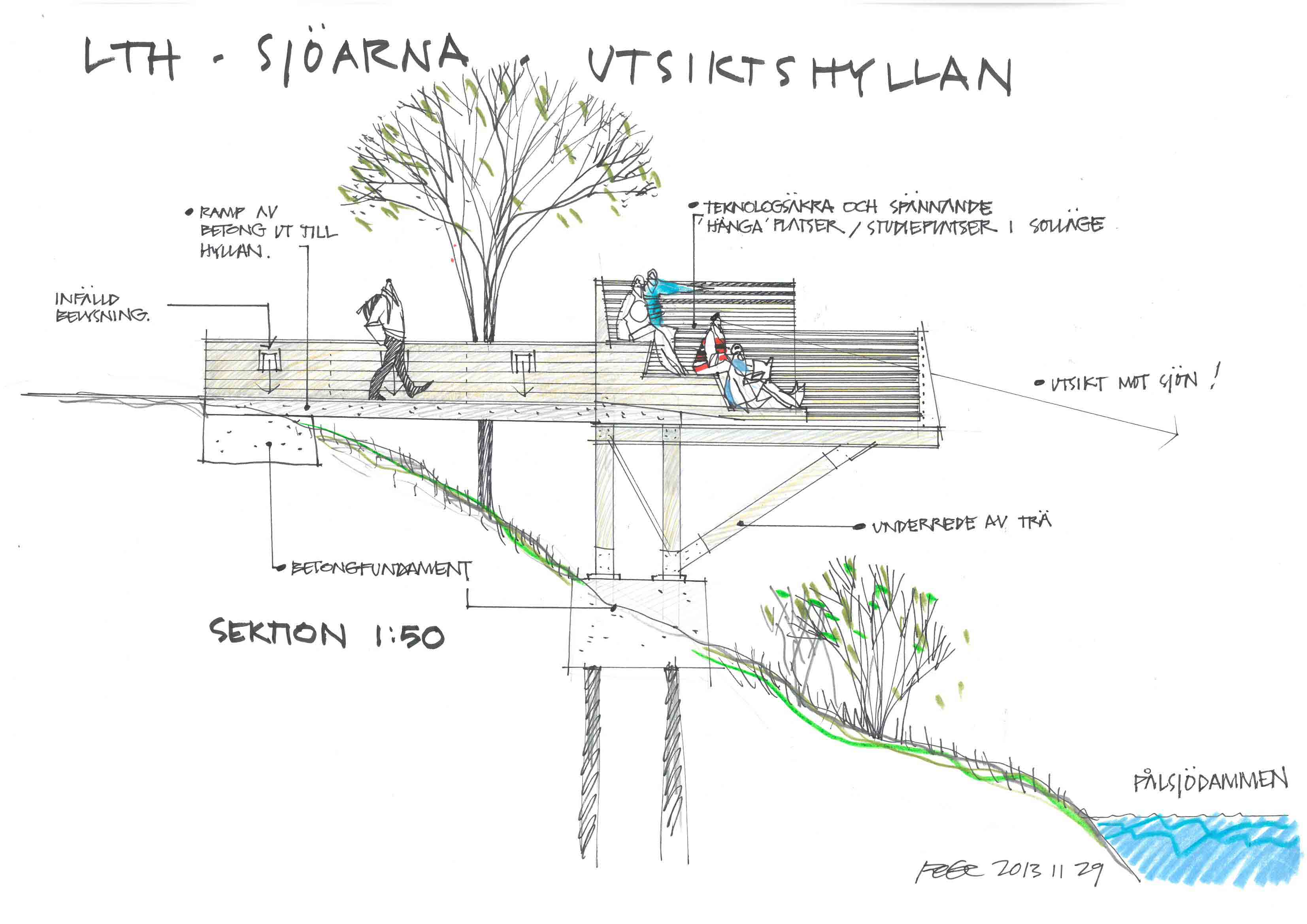
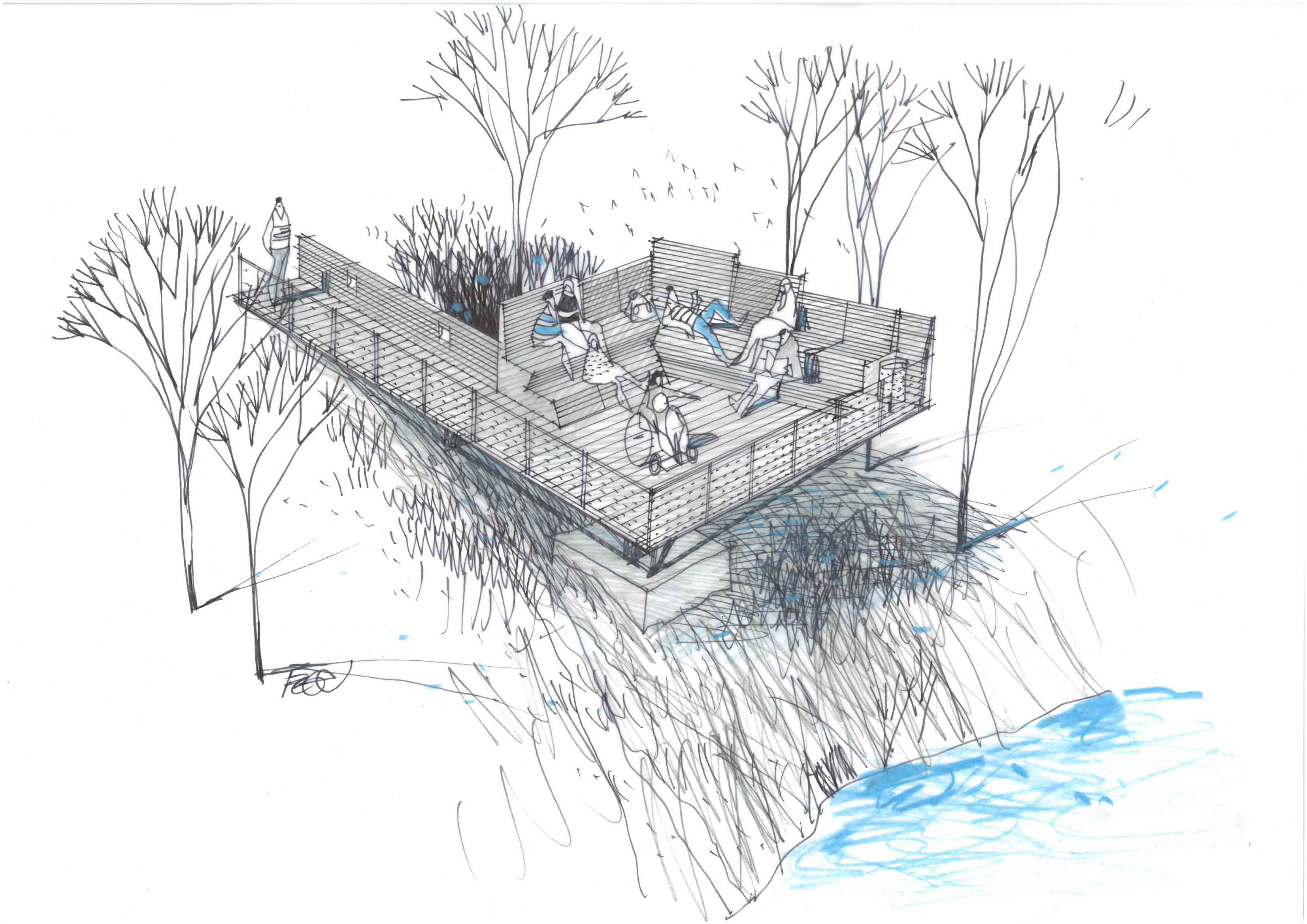

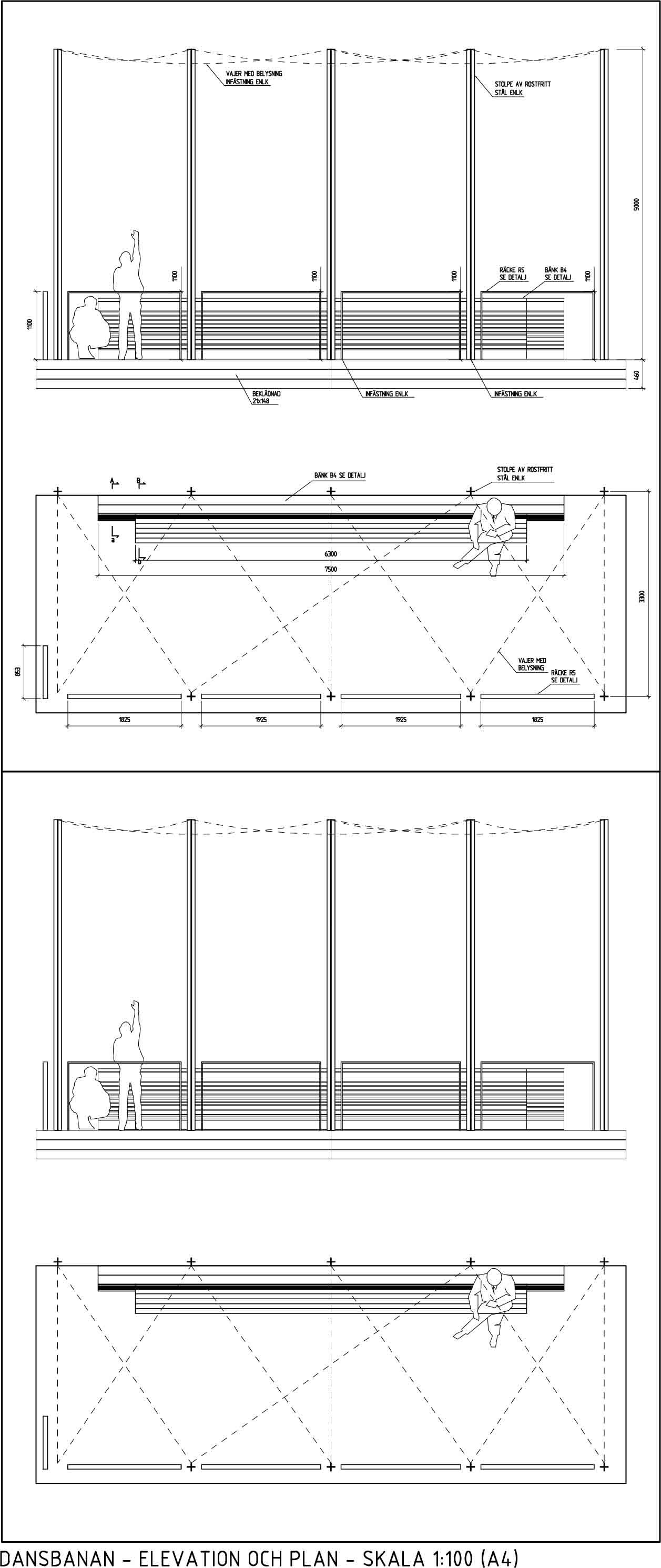
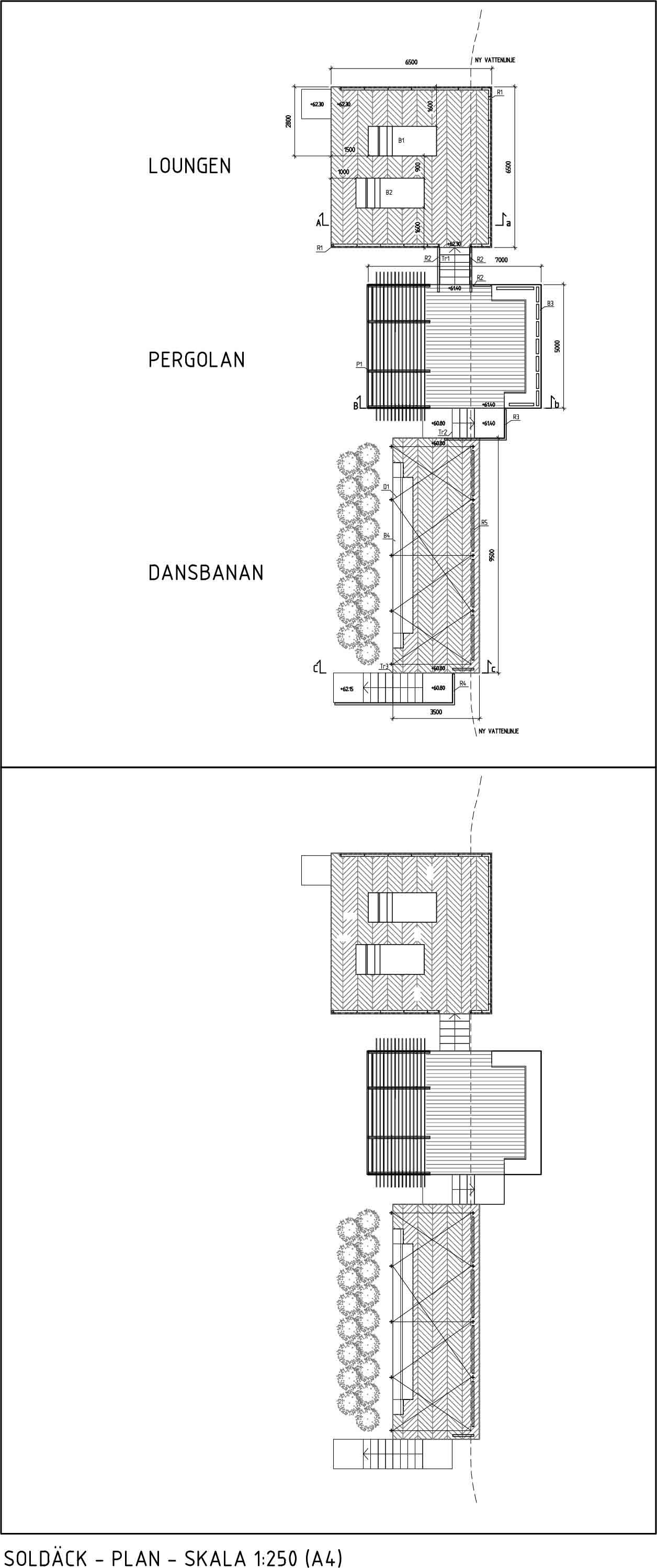
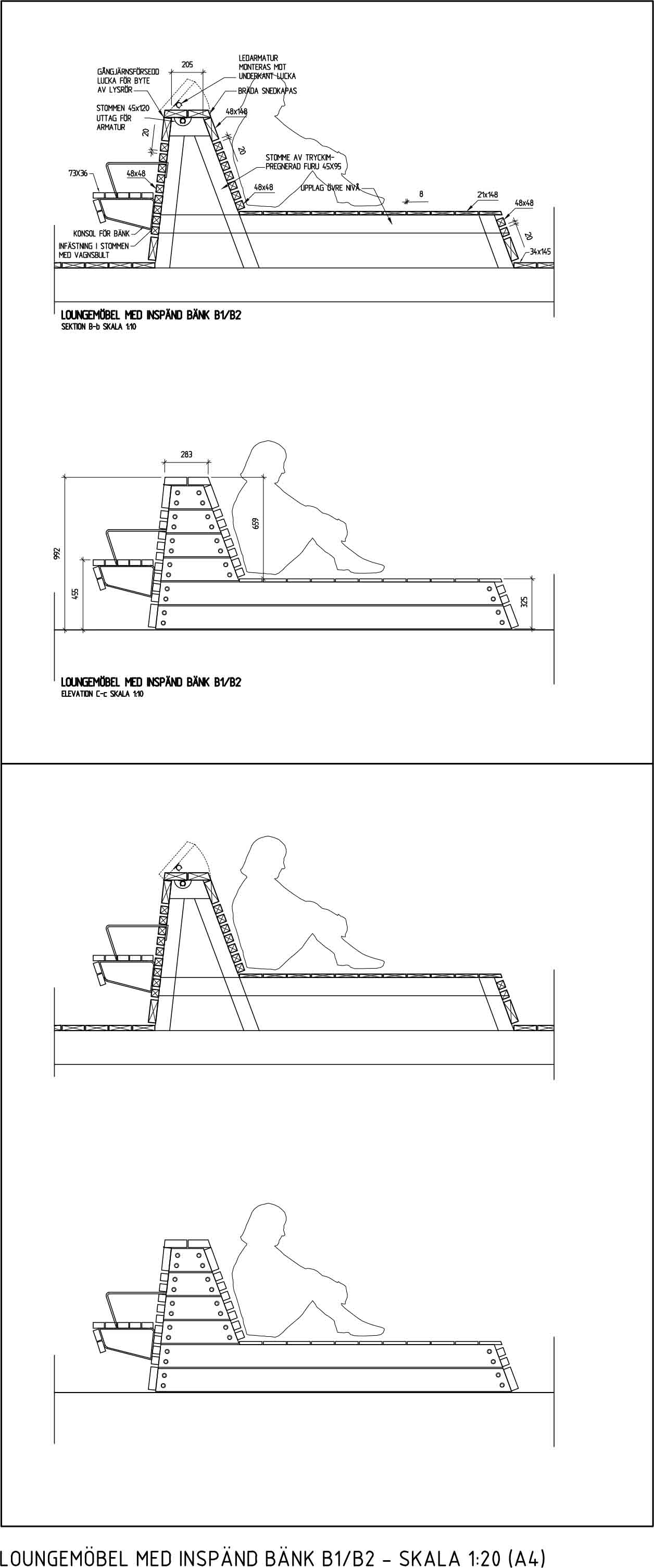



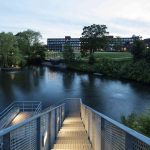
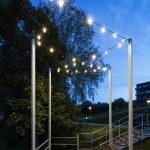
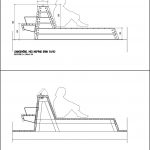
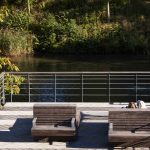
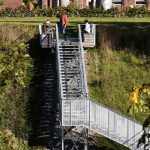
Mark Storie
I very much enjoy this project and both in concept and attention to the micro-climate. It is my favorite place to enjoy lunch on a warm sunny day on the LTH campus. Thanks for sharing Gerda!
Also liked the concept / hand sketches that were done for this project.